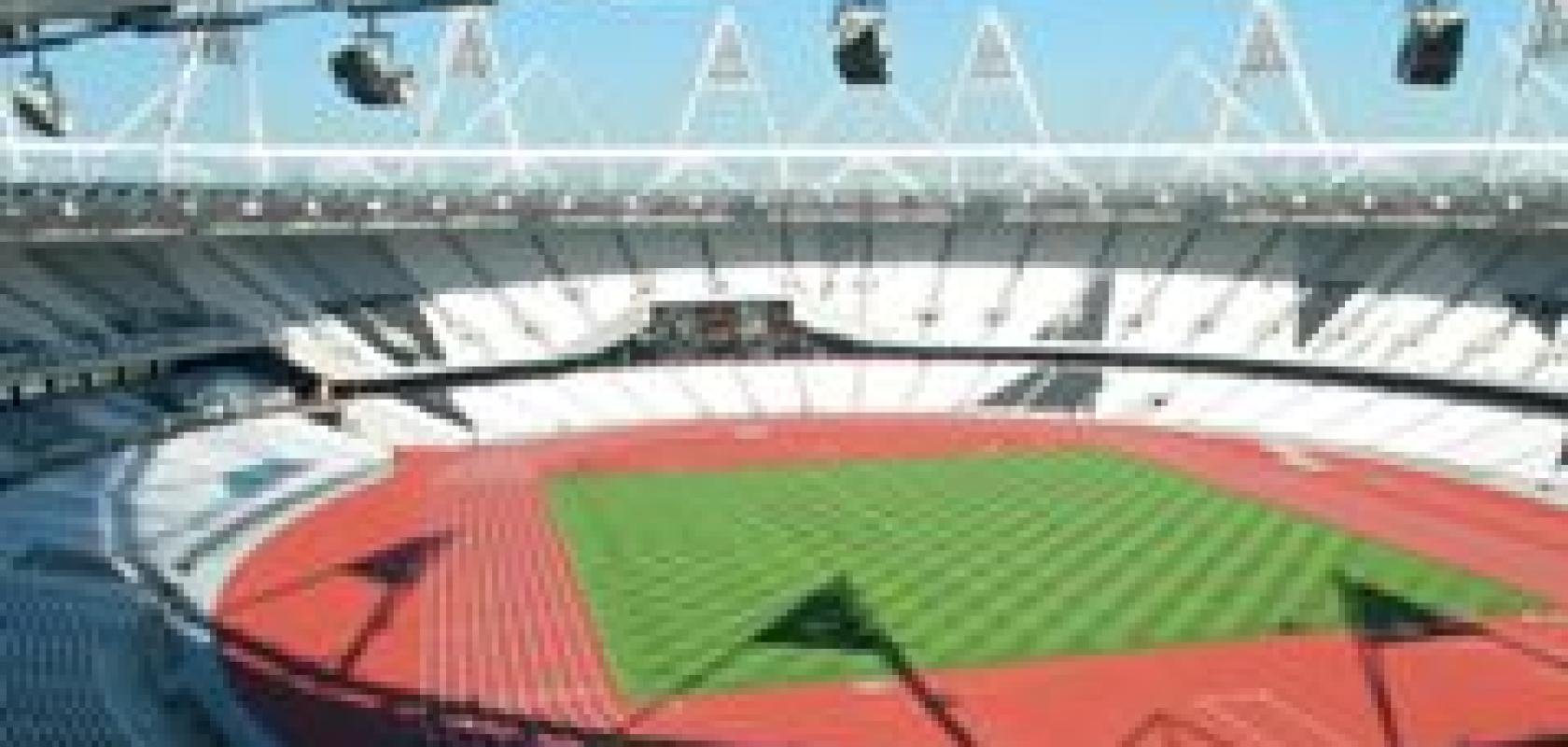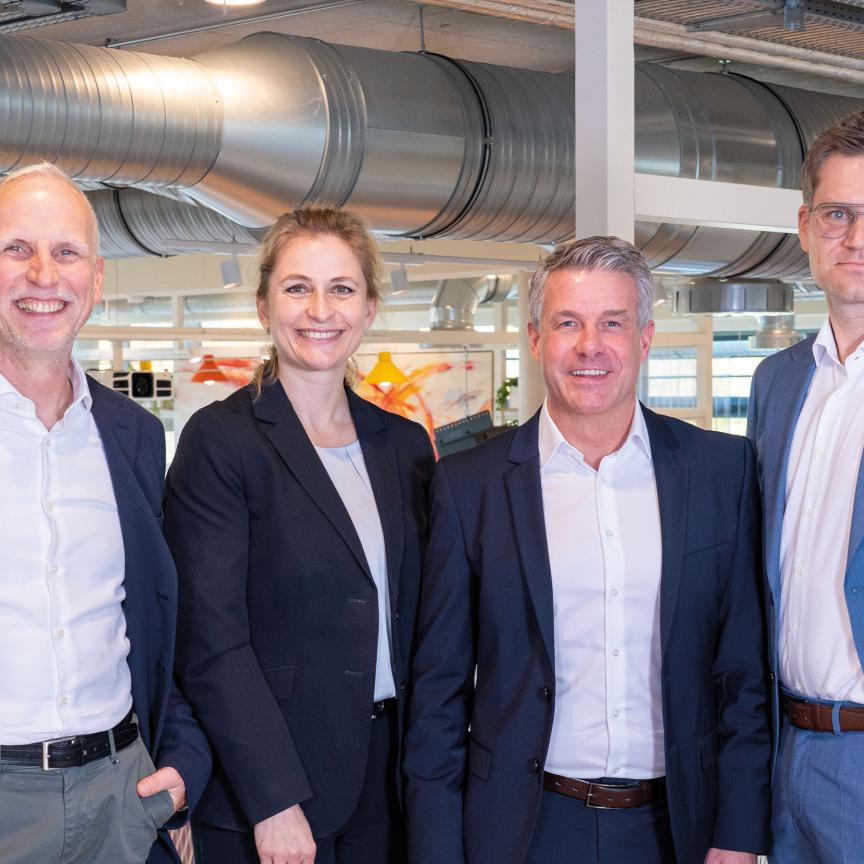With the Olympics fast approaching, security surrounding the event will be tight, not only at the arenas themselves, but across the UK and Europe at transport hubs, the airports, railway stations, and major road networks. Digital and thermal imaging is used to monitor such events. Innovative lighting solutions are also used to achieve the image quality required for sophisticated image processing such as that for people tracking.
At the Shanghai World Expo in 2010, a two-camera solution was engineered to cover a single vantage point: one camera for sending live video feed for incident monitoring and another camera for capturing images for processing. Over a thousand Point Grey security cameras were used for the Shanghai Expo. With an estimated 400,000 visitors each day, safety and security was of paramount concern. The security coverage went beyond the Expo grounds and included surrounding crosswalks, intersections, bus stations and ferry stations.
To cope with these large areas and even larger numbers of people, Point Grey’s two-camera system, called Zebra2, has made it possible to view low latency uncompressed video over High Definition Serial Digital Interfaces (HD-SDI), as well as send compressed or uncompressed images through a Gigabit Ethernet interface for image processing, all while supporting real-time alarm/trigger inputs and outputs.
The London Olympics this year faces a similar problem of vast numbers of people and a wide area whose transport hubs and pedestrian choke points are varied and widespread. As such the police and UK military are primed for the biggest security operation since the Second World War and the government and police forces are also turning to technology to detect potential threats on the capital’s roads.
Cheshire-based NDI Technologies is a law enforcement technology specialist with a recognition systems arm, NDI-RS. Working with New Scotland Yard and a number of London Boroughs in the run up to the Olympic Games, NDI-RS has deployed camera networks using the company’s NDI-RS-C320 cameras to monitor routes in and out of the games’ arenas in Stratford, east London.
At the heart of NDI-RS’s camera systems are two high-resolution Sony FCB block cameras. These output images to New Scotland Yard in both colour, for records and manual analysis, and infrared, which is used by Automatic Number Plate Recognition (ANPR) software. NDI-RS is an ANPR system specialist. It has installed and managed London’s network of 350 cameras, also known as the Ring of Steel, which monitors both London’s financial district and the government security zone including the Palace of Westminster and Buckingham Palace.
Stéphane Clauss, of Sony Europe’s Image Sensing Solutions division, says: ‘There has been a rapid increase in complexity of automatic analysis software during recent years and to get great data out, you need exceptional image quality. We’ve therefore worked closely with the sensor division at Sony to get the best possible image for our customers.’
Images from the cameras are sent to New Scotland Yard’s analysis centre, which runs the NDI-RS SpeedPlate ANPR software. The resulting data is analysed against a number of databases – including police, customs, DVLA, and border agencies – to detect potential threats, as well as stolen, uninsured or untaxed vehicles.
While all this technology can be used before anyone reaches the stadia, the venues themselves represent locations with a high density of population, susceptible not only to criminality and terrorism but also potential public health issues. Health security screening at sports stadia using thermography is an area in which optical metrology and imaging products and systems provider Armstrong Optical has some experience.
Armstrong Optical has a system in its product range that has been designed specifically for crowded environments, such as rail and airport terminals and sports stadia. Anywhere that people gather the technology will automatically detect persons with elevated temperatures. The system was installed extensively at the arrivals terminals at Beijing Airport in time for the 2008 Olympic Games. The best place to detect an elevated temperature is the tear duct close to the eye. The temperature variation indicating someone has a fever and may be infected with Sever Acute-Respiratory Syndrome (SARS), Swine Flu or Bird Flu can be as low as 0.5°C. Armstrong Optical’s IR236 swine fever, (SARS), avian flu (H5N1) sensing system has this capability.
According to Armstrong Optical, the IR236 delivers highly efficient inspection of fever symptoms caused by the likes of swine fever, SARS or Avian Flu. The camera system is ideal for train stations, airports, supermarkets, ports, hotels and other places with flowing crowds. People do not need to stop and stand for the system as it will operate in a free-moving crowd. The system’s uncooled focal plane array detector means the IR235B is able to obtain thermal images with a temperature sensitivity of 0.08°C. It does not suffer from the temperature drift that can occur over time, as it incorporates a black body source to compensate for any thermal drift.

Sports stadia seat large numbers of people, a challenge for security systems
With the IR236, thermal images and visible images are shown on the same screen simultaneously, making it easier to track suspects during or following the initial inspection. The 384 x 288 pixel array enables the camera to take crisp images and make accurate temperature measurement on objects as far away as 50-100m. Image quality won’t be affected by sunlight, temperature or other hot objects, whether indoors or out. It also has a false colour display so the image is easy to interpret. A twinkling cursor indicates and tracks the object with the highest temperature in the field of view. The system will trigger an alarm automatically when the object temperature goes beyond a predefined value. With its newly introduced facial recognition software the IR236 can also match a temperature to face, avoiding false alarms due to hot objects such as coffee and tea. The operator can also be sited well away from the inspection area or even be placed in a sealed environment, ensuring the safety of the operator. The dedicated system software, as well as automatically saving digital imagery for subsequent analysis, can be set to detect suspect persons and alarm security automatically.
Detecting people, analysing crowds and queues in stadia and at transport hubs are all applications where Sony’s camera technology can be used. Sony’s Clauss explained that Sony has worked with a company called Blue Eye Video, which is based in the south of France. This work is for a people flow tracking application. It can analyse the length of a queue and enables users to track people as they enter a shopping centre and analyse what shops people are attracted to when they arrive. This technology can also be used to analyse peoples’ movements in stadia and at transport hubs.
Many stadia and transport hubs, such as railway stations, have tunnels with large light variations within the station entrance or exit and the outside. For this Sony has cameras that have a high dynamic range. ‘Thanks to the quality of the sensor, we have good dynamic range,’ adds Clauss. ‘Dynamic range is key.’
The idea is that it should not matter what time of day it is, what the level of lighting is, cameras pointed at access points will have the dynamic range necessary to stop any under or over exposure ensuring that sufficient image quality is achieved to allow for analysis. High-definition cameras can deliver more data for image analysis, but with Sony technology that data can be analysed at the camera’s location. A computer with an x86 chipset, able to use Microsoft Windows software, is co-located with the camera. This computer will then analyse the image data and can send the results to any location with a telecommunications link. ‘You just need a GSM [mobile phone network] interface to send the results of any analysis,’ explains Clauss.
Mobile phone networks are something of which London has a great deal. Whatever the outcome at the London Olympics this year, however many medals are won by however many nations, it is clear that come the next Olympics, competition between camera providers will ensure that ever greater image capture and ever more in-situ image analysis is available to spot potential trouble.


